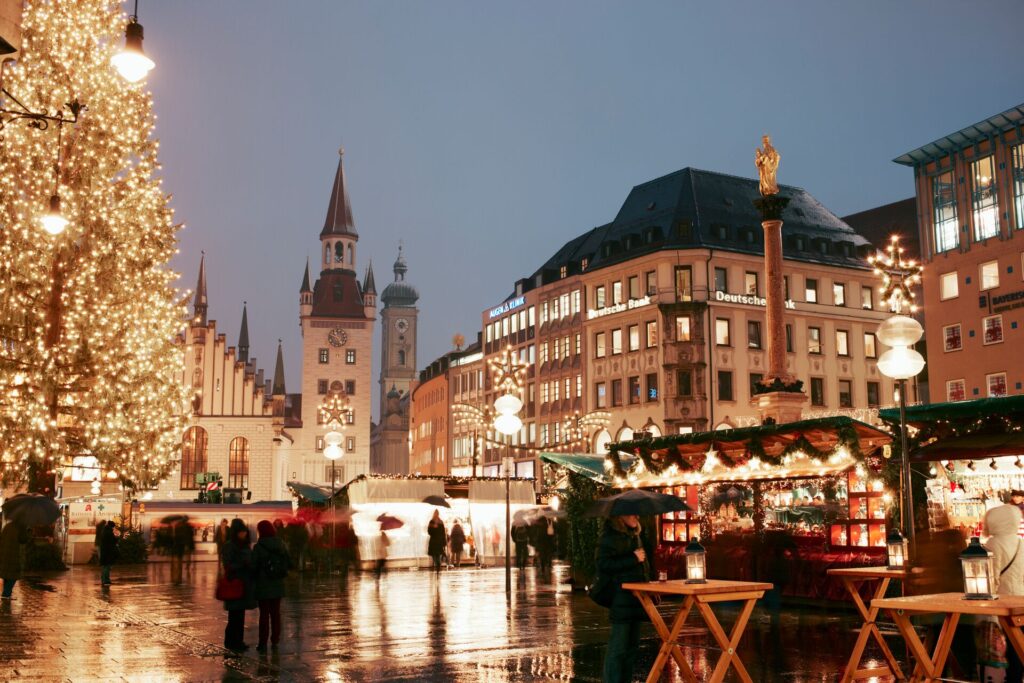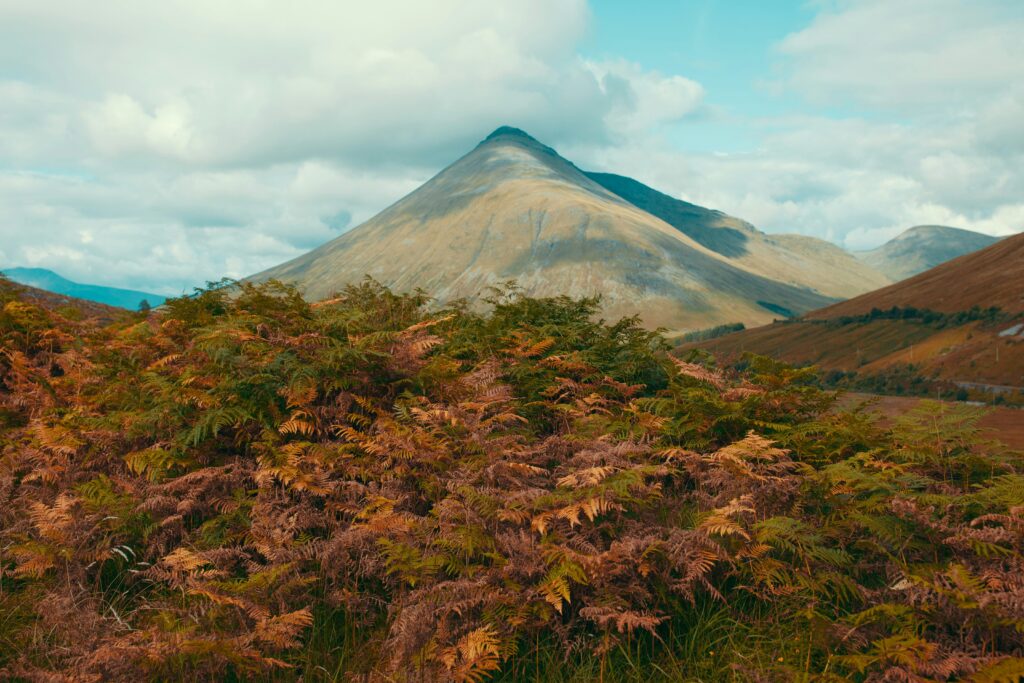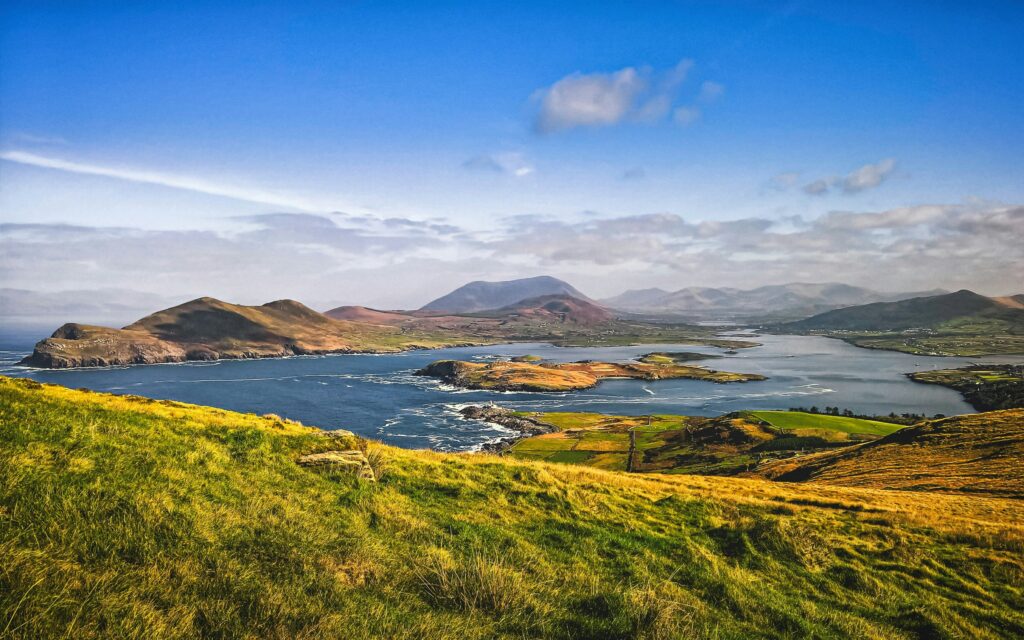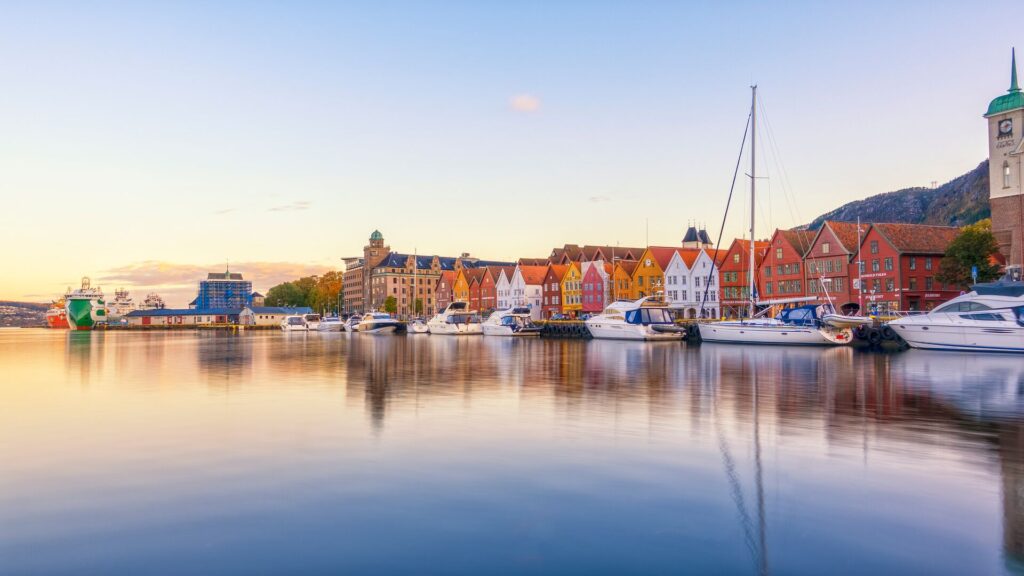Row upon row of poppies, sprouting from the flat plains of northern France and Belgium: these are the symbols of World War I we have become familiar with. But during the First World War, there was a lesser-known war zone: the guerilla-esque fights of the Italian Front, known as the “White War” – it’s one of many facts about the Alps people aren’t aware of. Italy had hoped to increase its territory in the Alps, but the Austro-Hungarian Empire fought hard to defend itself, leading to a protracted conflict.
The front stretched from Austria, over the Dolomites and the Venetian plain and as far south as modern Slovenia. Discover the World War I battle sites in the Alps you can still see today – and learn some facts about the Alps on the way.
Learn more about World War I’s battlefields on our premium 4-day tour
Road of 52 Tunnels
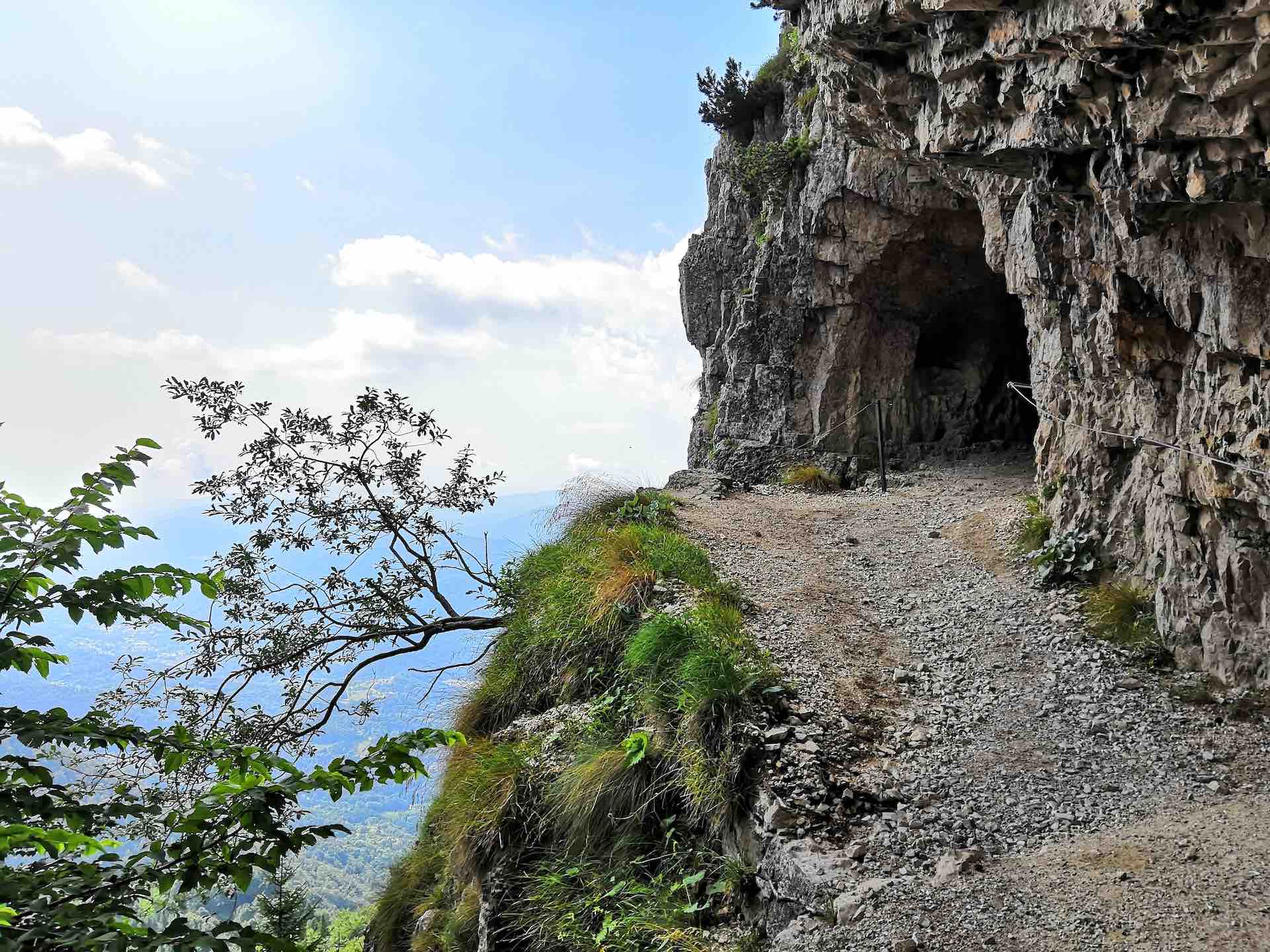
Built along the Masubio massif in 1917 by over 600 Italian soldiers, the Road of 52 Tunnels is a masterpiece of engineering. The namesake tunnels burrow into the rock, reaching lengths of up to 1,000 feet, enabling Italian communication and supplies to run to the top of Mount Masubio without being seen by enemy Austro-Hungarian artillery.
However, the road was tricky to navigate: there was sometimes a steep incline of 22%, and at their highest altitude the tunnels reach 2,000 feet into the clouds. Today, the tunnels can be seen on a 4-mile misty hiking route through the Alps.
Discover the giddy heights of Alpine Switzerland on Country Roads of Switzerland
Kluže Fortress and Soča Valley
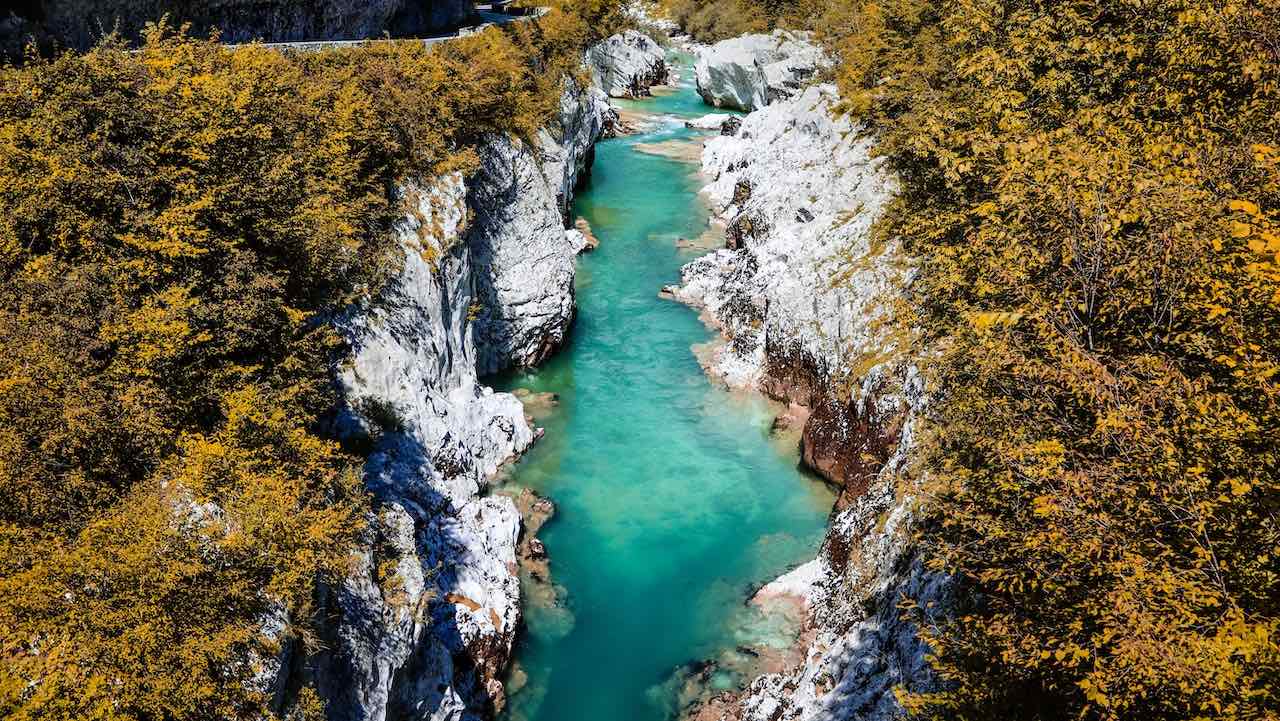
Today, Slovenia’s Soča River is a green ribbon that threads through an equally verdant valley, with the Julian Alps on one side and the Mediterranean on the other. However, during the First World War, it was a bloody frontline with almost 2 million casualties – one of many tragic facts about the Alps from this period.
Close to the river’s confluence is the late 19th-century Kluže fortress, a stone stronghold that housed garrisons of Austro-Hungarian troops, but was almost annihilated by Italian artillery during the First World War. Explore the Soča Valley on foot, and you’ll see the bombed-out shell of the Kluže fortress, plus hundreds of tombs to unknown soldiers at Bovec.
Asiago Plateau
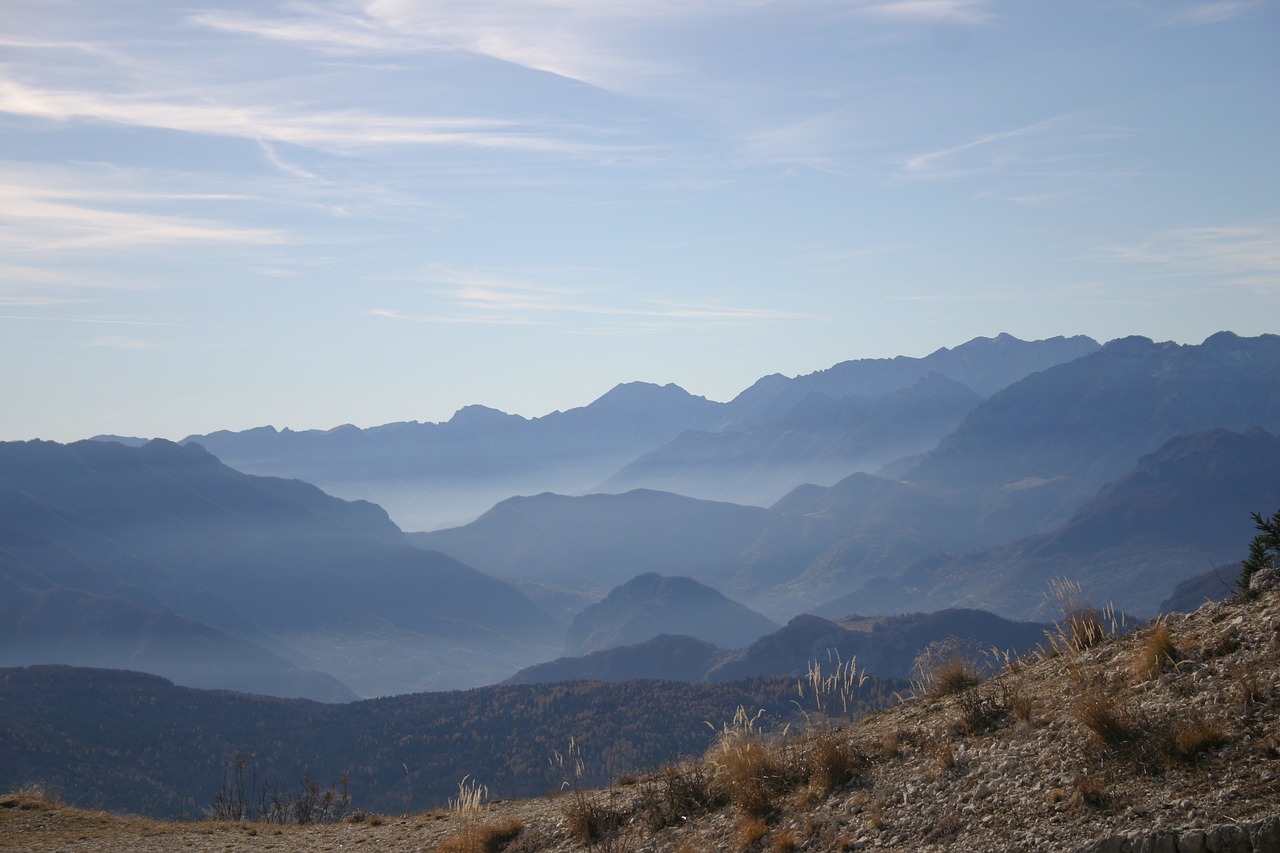
The Asiago War Memorial, surrounded by mountains in which many key World War I battles took place, houses the remains of 50,000 Italian and Austro-Hungarian soldiers. Visit the memorial’s museum to discover relics from the battlefields of the Asiago Plateau, including a touching letter written by a soldier to his family just before he was killed at the Battle of Mount Ortigara.
Then, go to Mount Ortigara to see trenches still littered with battle debris. It was here in June 1917 that 22,000 Alpini – Italian special units made up of young men drawn from the local Alpine population – died defending a stronghold they would lose shortly afterwards.
We think you’ll like: Why a visit to the Somme will still move you
Monte Grappa
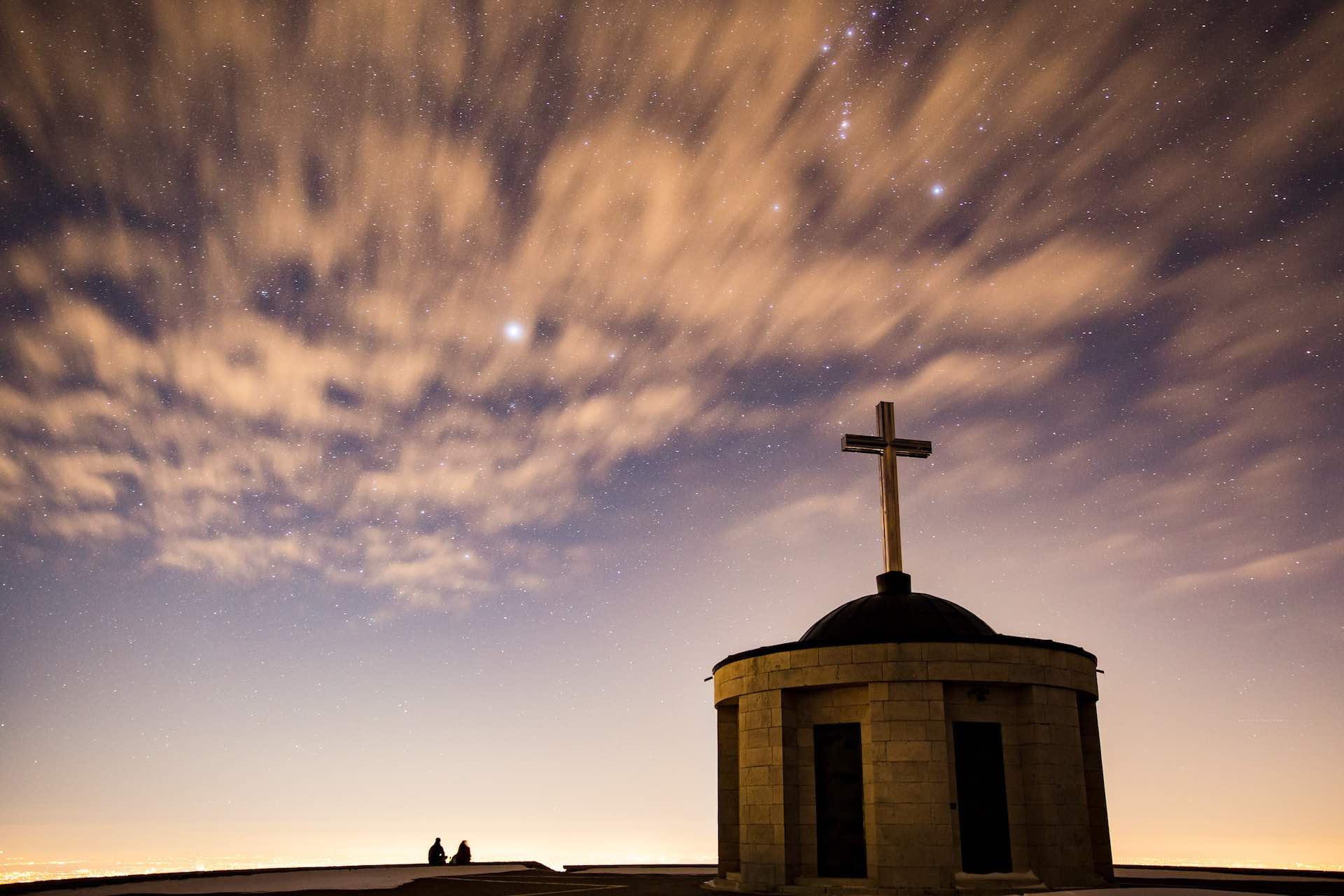
In the later stages of World War I, this mountain close to Venice became key to the Allies in fending off Austro-Hungarian attempts to capture Venice. Today, Mount Grappa bears the scars of war, pockmarked by bowl-shaped holes created by heavy shelling. The military roads, meanwhile, have found a new lease of life as mountain bike trails on Grappa’s tree-covered slopes.
At Grappa’s summit, a vast Modernist ossuary (inaugurated by Mussolini in 1935) shaped like a circular pyramid contains the bones of 23,000 soldiers, a monumental tribute to their sacrifice. At the top is a chapel, where the cold wind whips around the cross as a chilling reminder of war.
Sass de Stria
At an altitude of almost 2,500 metres, the Sass de Stria mountain was heavily fortified during the First World War by the Austro-Hungarian army, as it was key to defending the Valparola Pass – which, if conquered by the Italian army, would have allowed them to break through into all-important valleys and permeate further into the Empire.
In 2004, a huge restoration project on Sass de Stria returned the First World War encampments and trenches to their original condition. Hike through TNT-detonated tunnels, climb wooden ladders and even discover a terrifying via ferrata (iron climbing route) to experience the harsh conditions of the Italian front first-hand.
Museum of Tre Sassi Fort

Visit the Sass de Stria in winter to see the Tre Sassi Fort covered in snow. Built in the late 19th century, this high-altitude fort was restored in 1910 as Europe geared up for war. However, in July 1915, the 50 Austro-Hungarian troops who manned it were rapidly evacuated as Italian bombing threatened to destroy the fort.
In a stroke of wartime ingenuity, the Austro-Hungarian army continued to illuminate the fort long after it was emptied, so the Italian army wasted precious bullets and bombs trying to capture an empty shell.
Go inside the Tre Sassi Fort to discover its museum, which contains recreated army barracks and undetonated grenades from the First World War. The highlight is the snowshoeing tour, where visitors can explore life in the trenches in the depths of winter.
Mount Lagazuoi
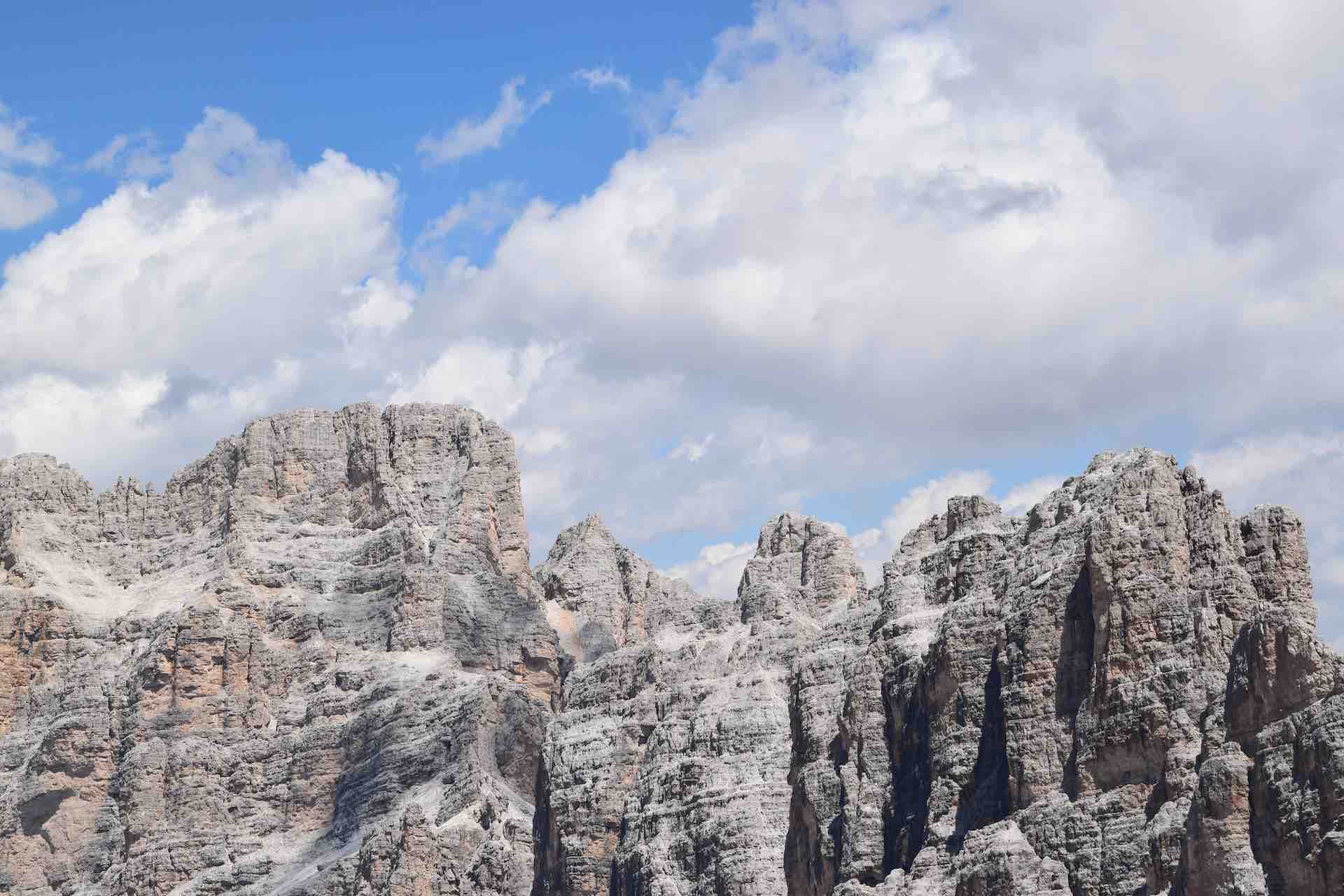
Mount Lagazuoi saw a great deal of landmine warfare in World War I – the tunnels, trenches and shelters built by both sides made this mountain a formidable fortress.
Here’s an interesting fact about the Alps: many World War I battlegrounds in the Dolomites have been turned into open-air museums. Take a cable car up the mountain to see its rocky, hostile surface from above, or get down into the heart of the mountain by exploring its secret passages and stealthy machine gun posts on foot, guided by informative museum signs.
To see the open-air museum at its most dramatic, book onto the Great War Ski Tour to ski to long-derelict watchtowers and hard-to-reach officer’s shacks that overlook this spectacular – yet war-torn – part of Europe.
We think you’ll also like: In conversation with Johannes Von Trapp

